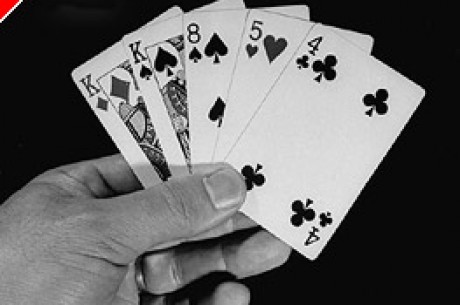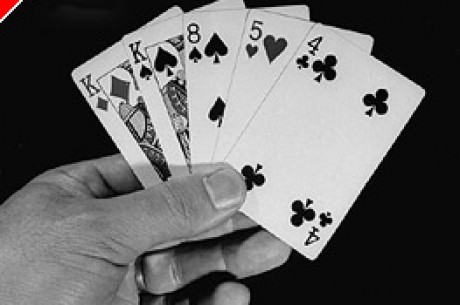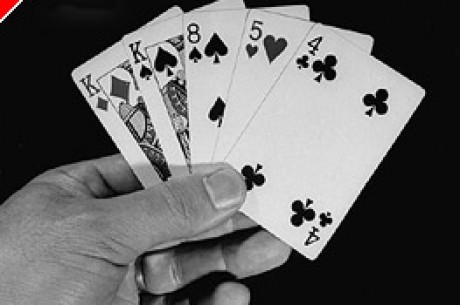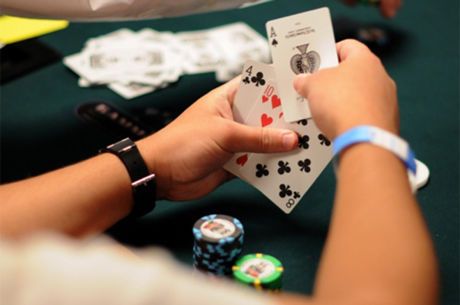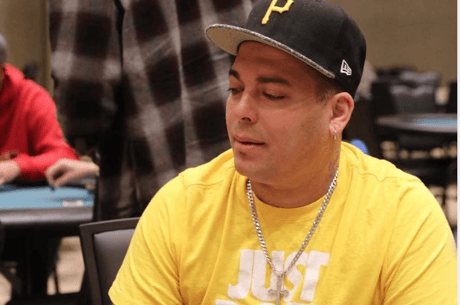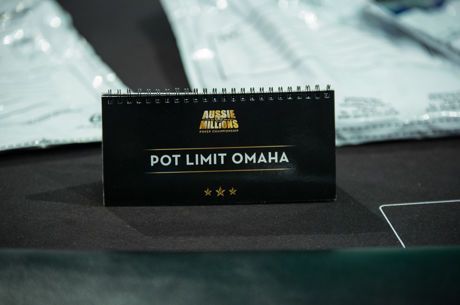Introduction to Omaha - Returning To Base
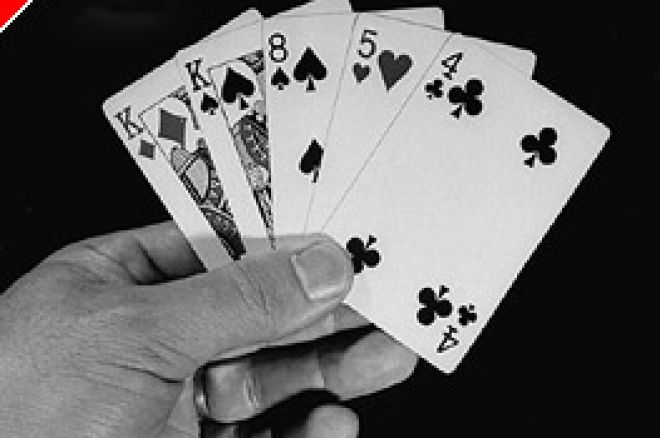
Tony is a regular on-line and card room player living in England. He mostly plays Texas Hold'em and Omaha (High and Split) at fixed, pot and no limit, at both cash and tournament tables.
Introduction
As the weeks have gone by, I have continued to look at specific situations that crop up in a typical game of Omaha High or Hi/Lo Poker. I have written these pieces having in mind readers who have been following the series and picking up ideas as they go along.
That's great, but I am aware that there are new readers continuously coming to Pokernews.com and many of them will not know the game of Omaha. They might find the ongoing series a little difficult to pick up without trawling through the earlier articles, so what I think will be useful is for me to do a little re-capping of basic rules, ideas and concepts that all new players will need if they are to be ahead of the crowd at an Omaha table. These were covered in the first few articles of the series in more detail, but the following will give you a flavour and encourage you to delve back.
If you are starting afresh in the game of Omaha, you should always play at a low-stakes limit table and I will carry on with this assumption in mind.
Remember The Sum of The Parts
As I am sure you will know, in Texas Hold'em, you are dealt two hole cards. There follows the flop of three cards, the turn card and the river card, completing the five community cards (which I'll call "the board"), making seven altogether with your hole cards. You also know that any five of the seven will make a hand whether it is two from your hole cards and three from the board, one from your hole cards and four from the board, or all five from the board.
Compare and contrast with Omaha. In Omaha, you are dealt four hole cards. The board cards are the same as Texas Hold'em (flop, turn, river), making nine cards altogether from which to make a hand. Now, the crucial part! In Omaha, you cannot make a hand of five from any of the nine cards. You must use exactly two from your hole cards and exactly three from the board. There is no exception to this rule!
Remember this: In Omaha, 2 + 3 = 5. That's 2 hole cards and 3 board cards. If you don't, you'll end up betting a full house when all you have is a set!
Go Fully Armed Into Battle
New players to Omaha are easily fooled into a false sense of security because of the four hole cards. This creates a temptation to see the flop because it is likely to help at least some of your hole cards, but it is a wrong approach. There is no point entering a pot unless you believe there is a realistic chance that the flop will help your hand. By realistic, I mean more than an outside chance. Having four cards in the hole is not, by itself, helping you because you should remember that all your opponents also have four cards. That means they are just as likely to beat you as lose to you in a random draw.
Although, as stated above, you can only use two hole cards in constructing a poker hand, it will help your cause enormously if most of the two-card combinations (in your hole cards) reflect strength or have a close relationship with the others.
In Omaha High, strong starting hands include:
- Connected hands like QJT9 and T986, because these can create a huge combination of straight draws with the right flop. Take QJT9. A flop like J86 requires any one card out of Q, T, 9 or 7 (that's 13 outs with two cards to come - close to an evens shot) for a nut straight at that point, plus plenty of other possibilities to improve. It is even stronger with "suited" cards (two cards of the same suit)
- High double-suited combinations like As Ad Js Td. The key here is that two cards are of one suit and two are of another. This maximises the possibility of finding a flush and, in this example, both flushes would be the top flushes (the nuts) being headed by an ace. The pair of aces and the closely-related high cards also adds "nut straight" potential. Be wary of AAxx hands where the non-ace cards are straggly and there are no Ace-suited cards. For example As Ad 9h 5c is quite weak. There are no obvious straight connectors or flush combinations. The AA is the one and only pre-flop hand of note. In Omaha, a single pair rarely wins a hand and you are likely to struggle unless you find another A on the flop. Even that may not be enough if the board is co-ordinated with straight or flush draws.
Overall, if your starting hands do not feature the above characteristics, especially out of position, you would do well to fold them.
Reading The Board
Having disciplined yourself to play only strongly co-ordinated hole cards, you will have decisions to make once the flop comes down, and again on the turn and river, should you still be in with a sensible chance. Omaha is a game that often favours drawing hands over made hands especially if you have been selective in your starting hands. The greater the combination of straight, flush and full house draws, the better your odds of winning.
There are certain signals you have to be aware of from the cards that come down on the board. Use these signals in relation to the type of hand you are betting and do not be afraid to fold a straight, a flush or even a full house in certain circumstances!
These are the basic rules that produce the signals:
1 No player will have a full house if there are NO PAIRED CARDS on the board. If you hold the nut flush and there is no pair on the board, you are virtually a certain winner (the exception is if the suited cards could help someone make a straight flush, but this is unlikely). Therefore, if the board pairs, beware the full house!
2 No player will have a flush if there are not AT LEAST THREE cards of the same suit on the board. If you hold the nut straight and there are not three of the same suited cards or a pair on the board, you are a certain winner. Therefore, if the board shows three of a single suit, beware of the flush! But, bear in mind the next rule.......
3 No player will have a flush if they do not hold AT LEAST TWO cards of the same suit in their hole cards. If you hold the nut straight, you might still feel confident of betting out when there are four cards of the same suit on the board because an opponent would still need to hold two more of that suit in his hand (the 2 + 3 = 5 rule applies!). Four of the same suited cards on the board reduce the likelihood of this occurring which should figure in your calculations of odds.
4 When THREE OF A KIND (a set) hits the board, the betting tends to dry up completely. All good made hands like a straight and a flush are probably beaten as someone is likely to have a pair in the hole to complete a full house. Yet they in turn are fearful of the case card for the quad. Therefore, when a set hits the board, beware a very likely full house - even if everyone checks!
5 If you make a full house yourself (where there is only a pair on the board, not a set) and the primary three cards are lower in value than the secondary two cards, beware the higher full house! For example, you have made 999QQ, where you hold 99xx and there is a board of Q9xxQ. There are two further Q's not visible. It is likely at a full table that at least one of them is in a player's hole cards. If that player is still in the pot, he has three other hole cards that could match the remaining board cards to complete a full house QQQxx. A re-raise by a player to a strong bet from you might signal trouble.
Conclusion
This summary of the basics to bear in mind when playing Omaha High will hopefully encourage the newer readers of Pokernews.com to get started on a solid footing and to read through my earlier articles. I wish you all success at the tables, and a bit of luck. Just remember to keep the luck part to a minimum by not playing hands that need a lot of it!
Next week, I will do a similar re-cap of some of the fundamental aspects of Omaha Hi/Lo.
Exorcism
22 September 2005

